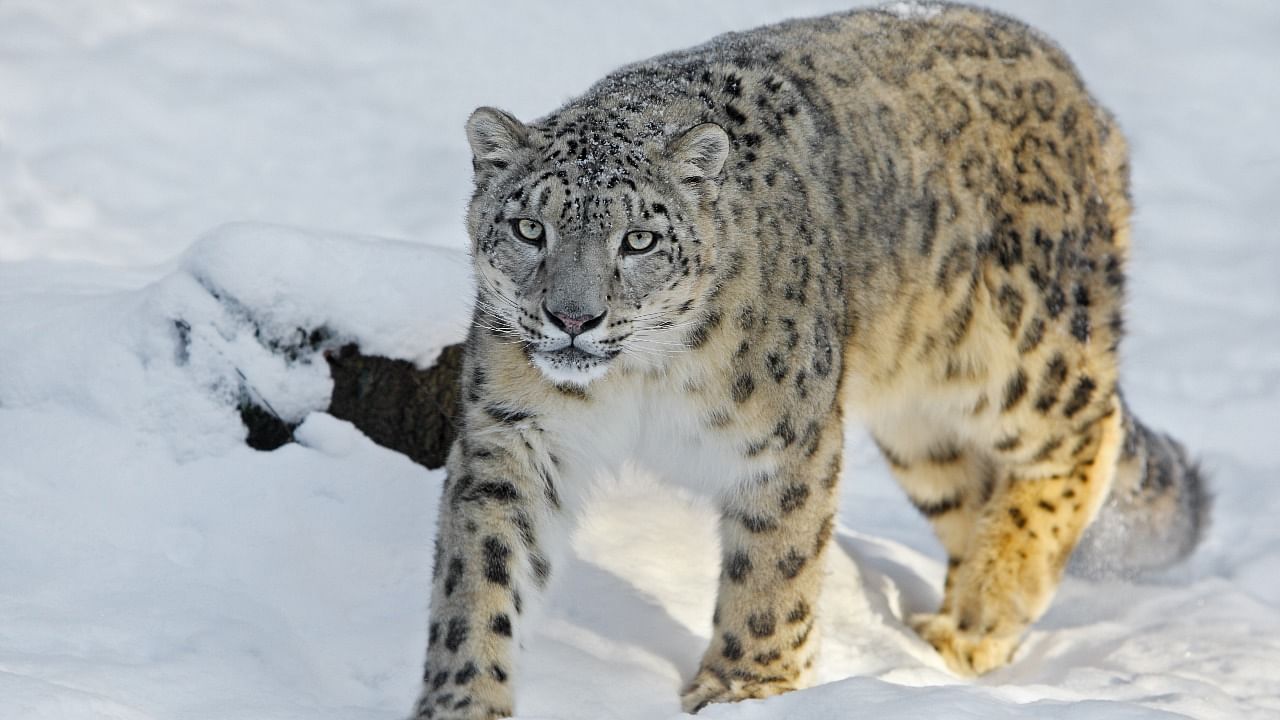
A large majority of snow leopard habitat, spanning over 12 countries, remains under-researched, and critical knowledge gaps must be plugged for informed snow leopard conservation, according to a WWF report.
The report titled, “Over 100 Years of Snow Leopard Research - A spatially explicit review of the state of knowledge in the snow leopard range” examines the current state of knowledge across their range. The report is based on an analysis of peer-reviewed published papers on the species and its habitats.
The report shows some glaring gaps in knowledge of this elusive and threatened big cat, and highlights that lack of basic data could be hampering its conservation.
“The snow leopard lives in rugged terrain – some of the harshest landscapes on the planet – so research poses significant logistical challenges. Serious efforts to learn more about the species began in the 1970s but the snow leopard’s remote and vast range and elusive nature, means that most of the habitat is still unexplored and we don’t have a full picture of the status of this magnificent wild cat,” said Rishi Kumar Sharma, WWF Global Snow Leopard Lead, who is the lead author of the report.
The WWF report points out that despite a major research focus on snow leopard population assessments, less than 3 per cent of the animal's range has been robustly studied through camera traps and genetic studies, to estimate their numbers in the wild.
Though snow leopard research in the past few decades has been growing exponentially, there are only four research hotspots where multi-year research is being carried out.
All the research efforts, spanning over a century, covered only 23 per cent of snow leopard habitat. Most of their vast range – possibly over 1.7 million sq km of rugged mountain terrain – has never been researched from a snow leopard context.
Globally, there could be as few as 4,000 snow leopards left in Asia’s high mountains and this remaining population faces continued and emerging threats.
Increased habitat loss and degradation, poaching and conflict with communities have contributed to a decline in their numbers and left the species hanging by a thread in many places.
“Snow leopards are not just the emblems of Asia’s high mountains but are also critical to sustaining the landscapes they live in, which support water sources for over 2 billion people," added Margaret Kinnaird, Lead Wildlife Practice, WWF International.